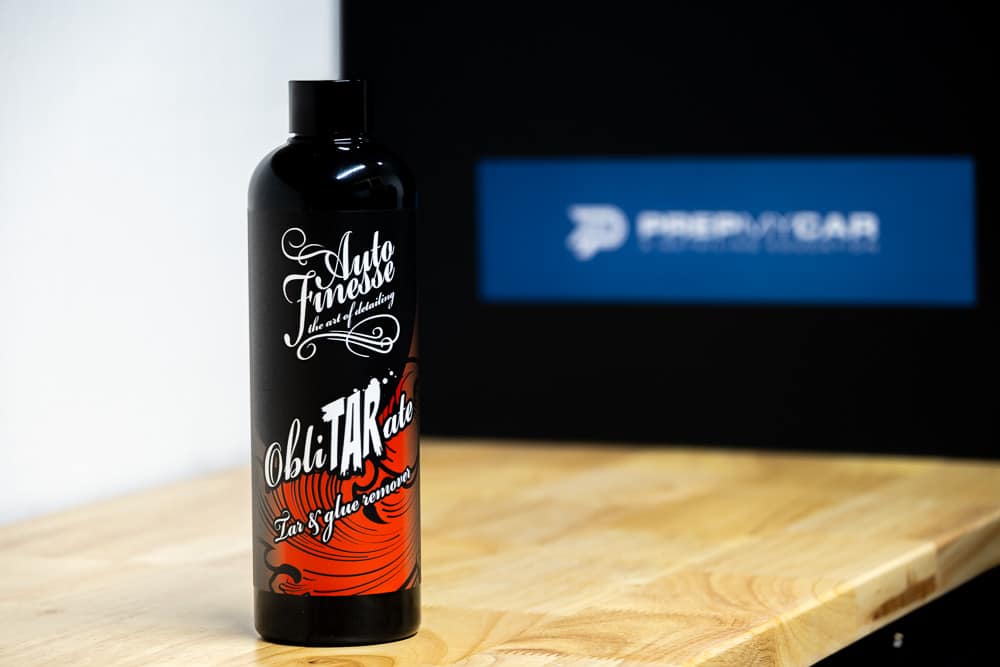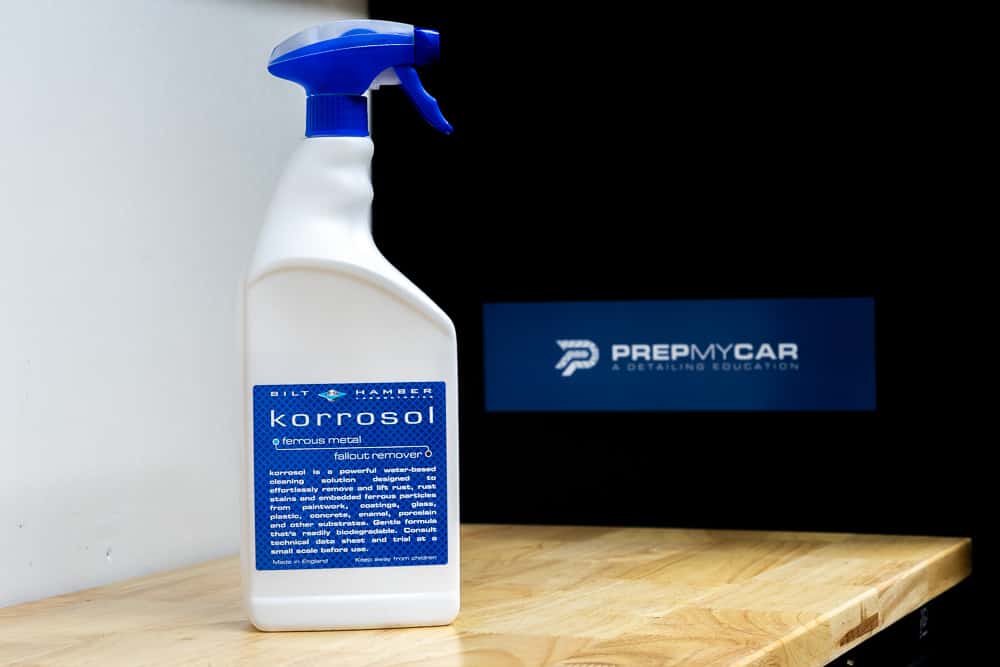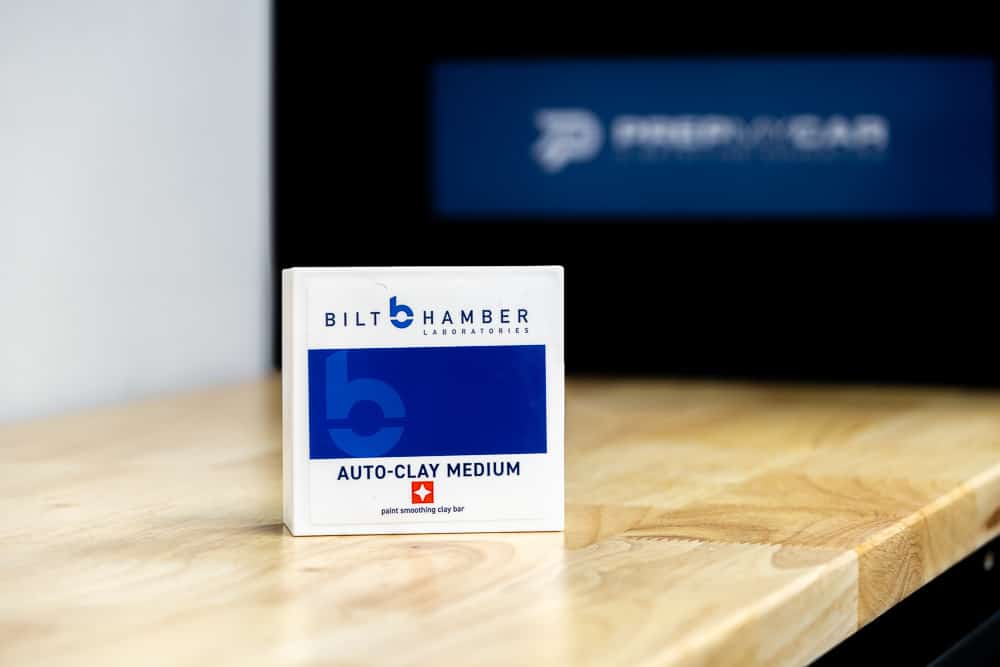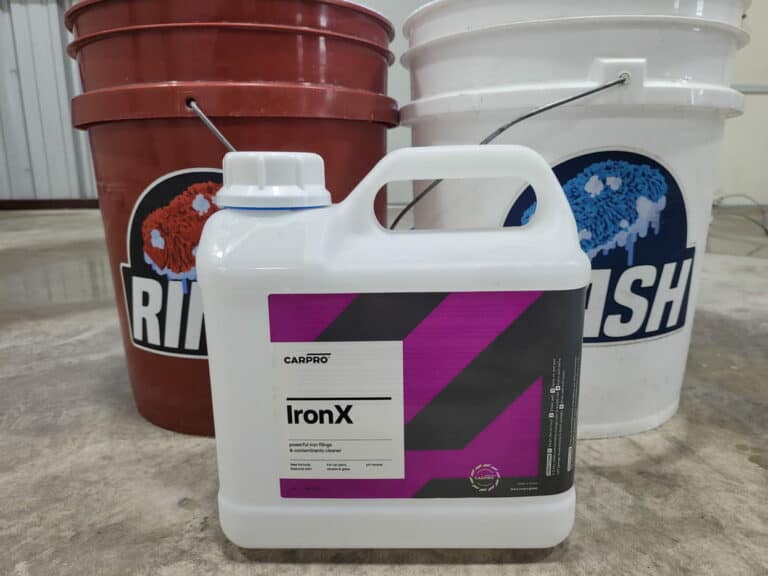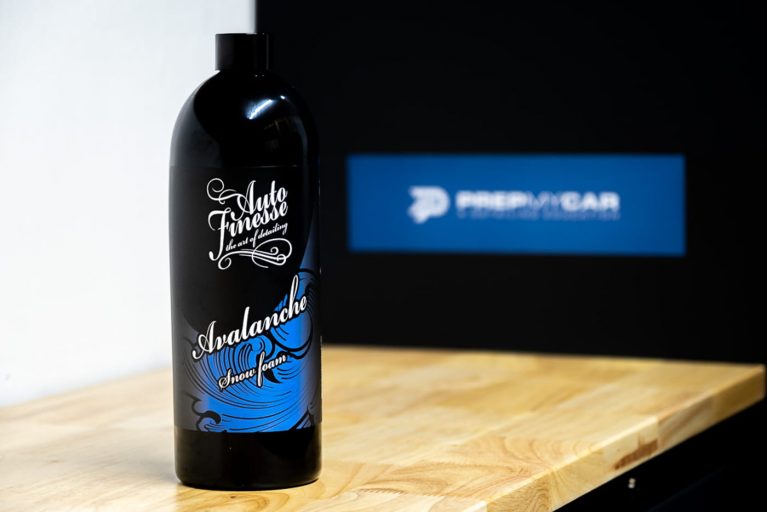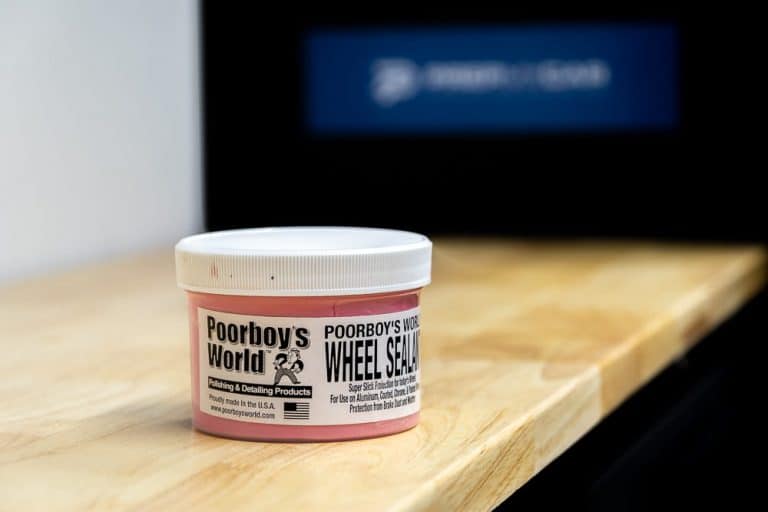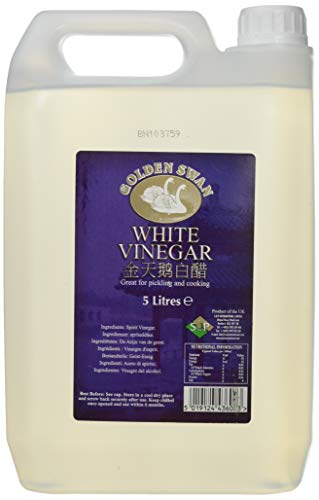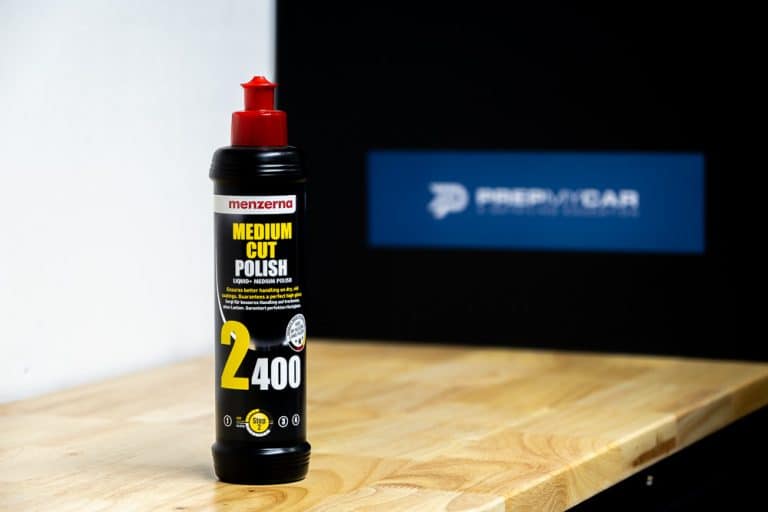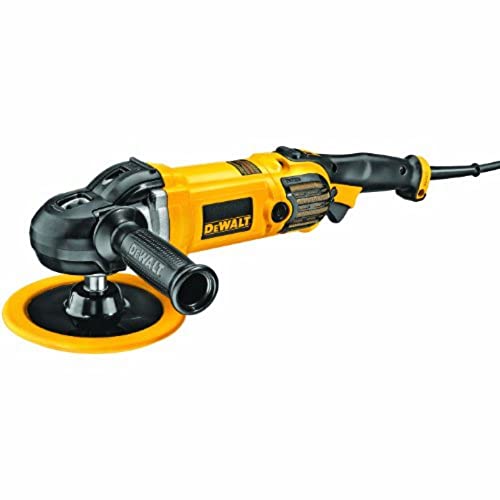How to Decontaminate Your Cars Paint
In many things, preparation is just as important to obtaining good results as the activity itself. Such is the case in detailing. A common complaint you will hear in detailing forums is that the results people expected, be that from polishing or the durability of their waxes, were not the results they got.
While it is undeniable that manufacturers do on occasion make unrealistic claims, I would be confident in predicting that many of the disappointments experienced by hobbyist detailers ( and professional detailers) could be prevented if more time were spent decontaminating the paintwork beforehand.
In this article, I want to show you how to decontaminate your cars paint before polishing or final stage protection (Wax/Sealant/Ceramic Coating).
What is Contamination?
The paintwork of your vehicle is exposed to many sources of contamination. This can be environmental, such as pollen or moss, or industrial, such as tar from newly laid roads, or iron fallout from industrial activity.
Iron fallout is distributed when brakes begin to wear down. In most cases, a conventional shampoo wash is not enough to remove the aforementioned contaminants.
Why is Contamination An Issue?
Contamination is an issue for several reasons.
The first problem is the simple visual appearance. Those who appreciate their car looking shiny will be frustrated at the spots of tar that build up behind the wheel arches, or the pollen that seems impossible to remove in the summer. Owners of white cars may have noticed small orange spots on their paintwork, this is iron fallout that has oxidised. It is usually very small, but once noticed it’s hard to ignore.
Contamination creates problems when it comes to paint correction. Automotive compounds contain specialist abrasives that gradually strip the upper sections of clear coat. However, if contaminants (such as tar and iron) are present, the polishing pad will absorb these contaminants. This not only reduces the effectiveness of the compound, but can also cause scratching, as the contamination is ground into the paint.
Contamination also causes problems with the application and longevity of waxes and sealants. The wax or sealant will be harder to apply, as the applicator will get clogged with the various contaminants. They will not be able to adhere to the surface properly as the contamination is in the way, which is why in the product may not last as long as manufacturers have found in their tests.
How Can Contamination be Remove?
Contamination is typically removed using two methods, chemical and mechanical.
Chemical methods include using tar remover and fallout remover, whereas mechanical methodology involves the use of a clay bar or exfoliating block.
How to Decontaminate Your Cars Paint
Step 1 – Safe Wash
The first step should be to carry out a complete safe wash of the car. During this stage you should incorporate a bug remover if you have any stubborn insect remnants on the front of your car, I find Autoglanz Bug-off to be great for this task.
Simply spray on a dry surface and allow to dwell, then wash the car as normal.
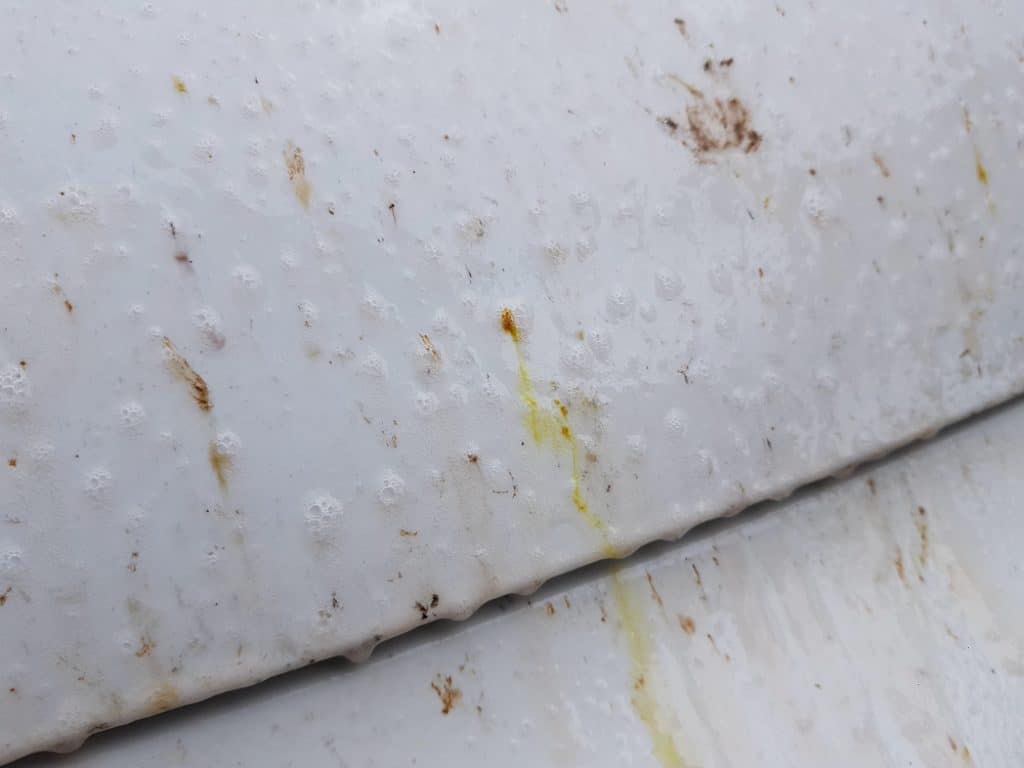
Step 2 – Inspection
With the paint dry you should inspect the paint to determine what condition it is in. Tar spots will normally be visible and are most likely to be found behind the wheel arches.
Step 3 – Tar Remover
Tar remover is the first chemical you should apply, as spots of tar can hide other forms of contamination. A tar remover I find works very well is Auto Finesse Obliterate. This is a sprayable gel that clings to the surface while dissolving tar and adhesive deposits.
- Effortlessly removes unwanted tar, rubber and glue deposits
- Can be used along side other Auto Finesse detailing products such as Iron Out, and Citrus Power, for maximum decontamination of paintwork.
- Fast acting solvent based formula
The gel will turn translucent as the solvents emulsify the tar. Larger tar spots can be gently wiped away with a microfibre towel before rinsing the surface with water. Many tar removers can also be used to remove adhesive residue on paintwork.
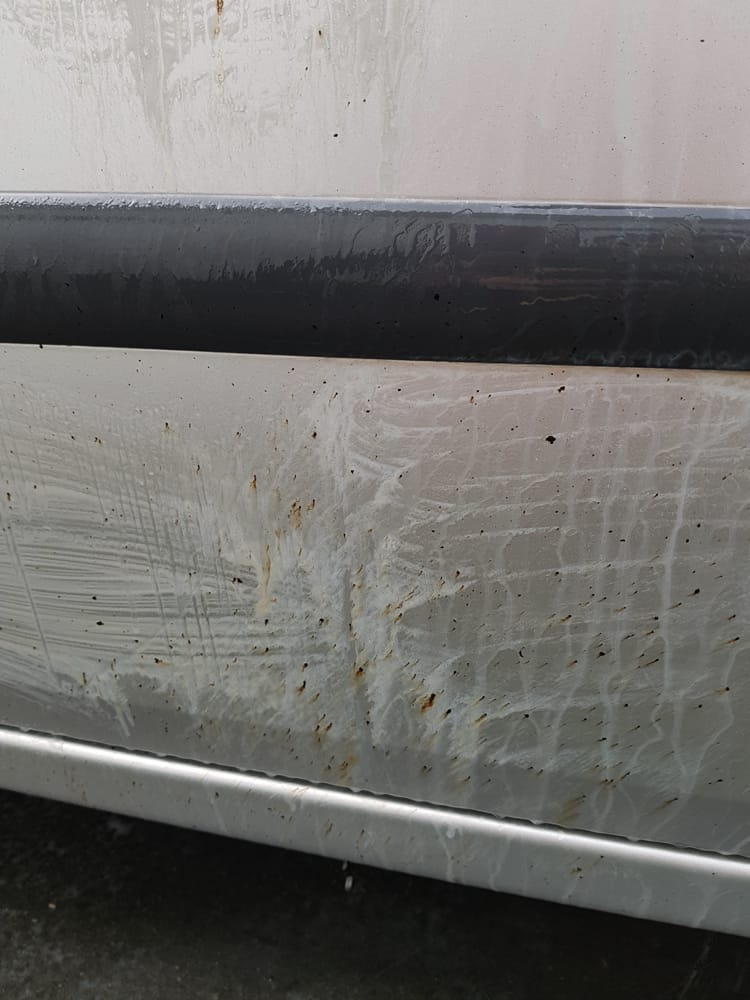
Read: Best Tar Removers
Step 4 – Iron Fallout Remover
With the tar deposits removed, the next step will be to remove iron fallout deposits. While these will be particularly noticeable on a lighter coloured car, they will be found on most cars, especially those near industrial areas. Even though they are not visible, they will still inhibit waxes and sealants from bonding to the paint.
Fallout removers react with iron particles embedded in paint making them water-soluble and removable. Some of the market leaders in this area worth checking out are Bilt Hamber Korrosol and CarPro IronX.
Simply spray onto a dry panel and wait for the colour change to occur. After being left to dwell for a few minutes, rinse the car with running water. Fallout remover should not be applied in direct sunlight, but if this is unavoidable, rinse quickly to avoid the product drying.
Read: Best Iron Fallout Removers
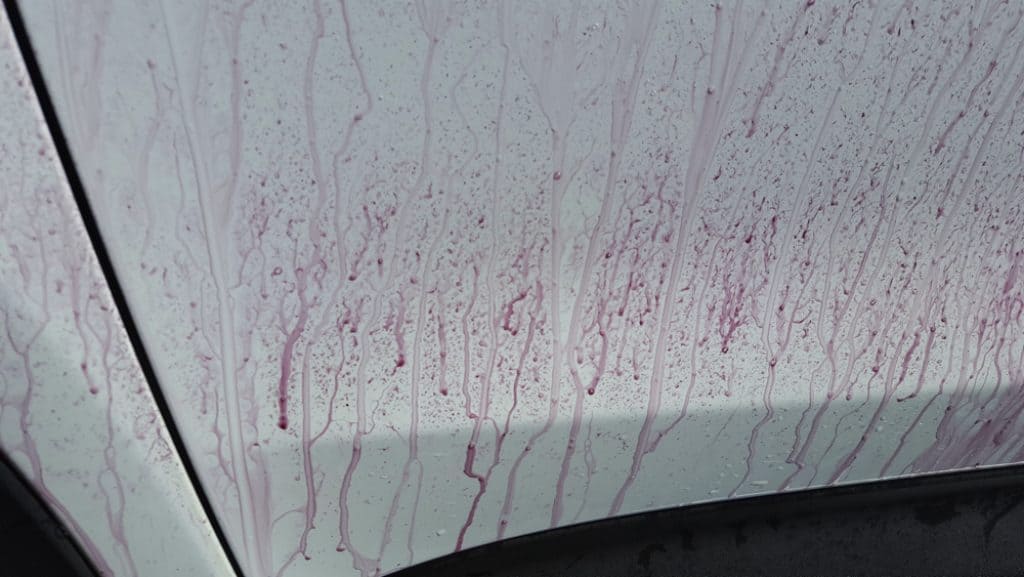
Step 5 – Rewash Car
This concludes the chemical decontamination. After rinsing the car of fallout remover, re-wash and dry the car to remove any traces of chemicals.
Step 6 – Clay Bar (Optional)
The condition of the paint will determine the next step here. If the paint is smooth to the touch, it is unlikely that using a clay bar will be necessary. A clay bar is abrasive and will inflict micro-scratches into the paint. If machine polishing is planned this is not an issue as these will be removed. If however, machine polishing is not an option, the use of a clay bar may not be wise, as these scratches will reduce the gloss of the surface. In this case, you can move directly to applying a wax or sealant.
For an additional step, I wipe down the paint with panel wipe solution, this dissolves any oils and ensures the surface is as clean as possible.
If the machine polishing is planned and the surface feels rough, it would be wise to take the time to clay the car, as failure to do so may lead to damage being caused later on.
A clay bar I recommend considering would be the Bilt Hamber medium clay. This is a cost-effective and proven product.
- All round use
- Intense cleaning action for embedded contaminants
- Only water needed as lubricant
Cut a piece of clay a bit bigger than a 2p. Kneed the clay flat, and apply lubrication to the surface. This could be a dedicated clay lubricant, water diluted with shampoo, or something like Optimum No Rinse solution diluted accordingly. Bilt Hamber says you can use water alone as a lubricant, but I prefer to have a bit more slickness on the surface.
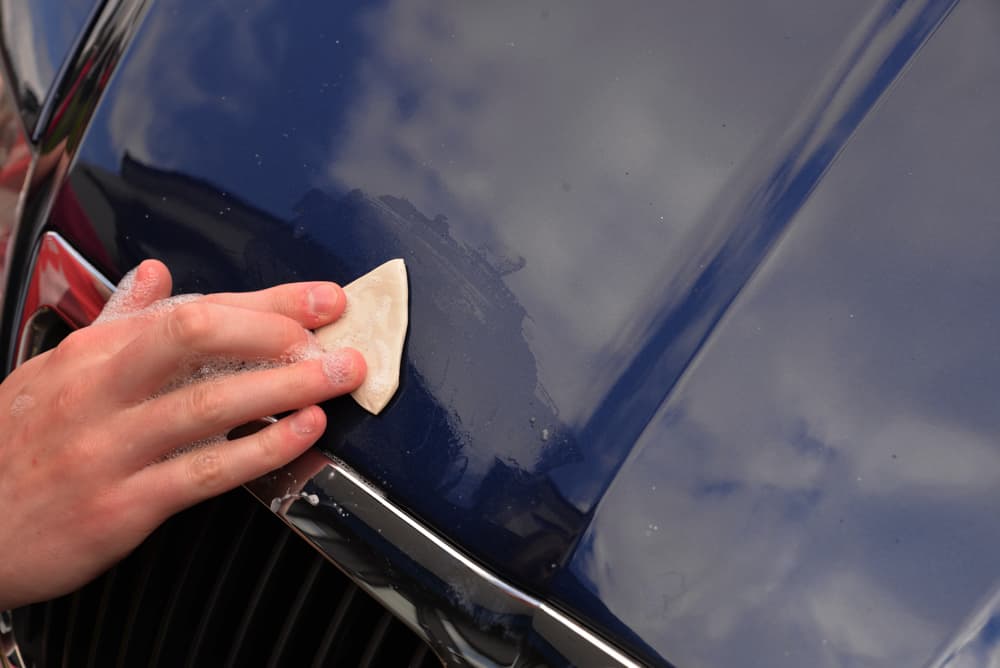
Work in a crosshatch pattern, applying light pressure and letting the clay do the work. The clay works like an exfoliator block. As clay particles are very small in size, they pick up contaminants that are embedded within the paint.
Check the clay regularly, and when it becomes visibly dirty, use the other side. When all clan sides of the clay have been used, bin that small piece and cut off another, and if the clay is dropped, it has to go in the bin in case any grit has been picked up from the ground.
Wipe the section dry with a microfibre and feel the paint to ensure it is smooth.
Check out my guide on to how to use a clay bar for more information on this and also the best clay bar guide to see alternative products that I rate.
With the car clayed and now free from any contaminates, you can move on to polishing to remove any of the abrasion marks and enjoy the longevity that proper preparation will bring.
FAQ
How often should you decontaminate your car?
That depends on the condition of the paint. Chemical decontamination like tar and iron removers can be used regularly if needed. Clay should only be used before machine polishing, which is not something you should do often.
How do I prepare my car for polishing?
Ensure you have as clean a surface as possible before polishing. Start by removing tar and iron deposits. If necessary, you can use a clay bar to remove embedded contaminants.
Is iron remover safe for paint?
Yes, it is intended to be used on all painted surfaces and also glass.
Will WD40 remove tar from car paint?
Yes, it will. While it is not harmful to paint, it can leave behind an oily film, which will inhibit waxes or sealants from bonding to the paint.
How do you remove rust spots from white paint?
The small rust dots often seen in white spots are indeed rust, but they can be easily removed. A fallout remover such as Bilt Hamber Korrosol will remove these to prevent long term damage.


